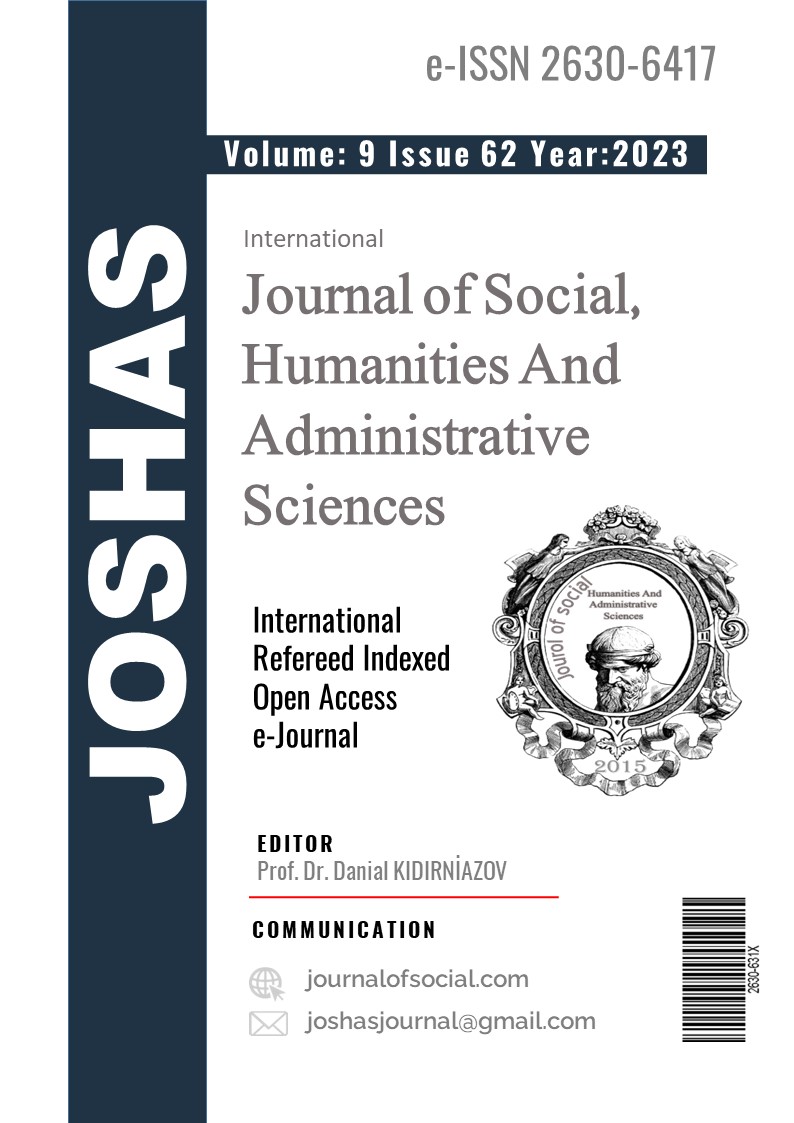Author :
Abstract
Polifonik müzik, Klasik dönemde olgunlaşan Armoni (uyum) tekniğinden farklı olarak göze çarpar. Örneğin, Barok dönemdeki Füg biçimleri, kontrpuan (ezgiye karşı ezgi) tekniğiyle yazılmış yatay polifonik müzikler iken; Klasik dönemde özellikle gelişmiş ve yazılmış senfoniler, armoni tekniğinin kullanıldığı ve kadans fonksiyonlarının öne çıktığı dikey bir çoksesliliği ifade eder. Bu nedenle, bu çalışmada “polifoni” kavramı, kelimenin etimolojisine karşılık gelen Türkçedeki çoksesli (poly-phony), yani genel bir çoksesliliği (kontrpuan, armoni, vb.) ifade edecek şekilde kullanılmıştır. Bu çalışmada, Türk müziğinde polifonik arayışların gözlemlenmesine neden olan hareketlerin, Osmanlı’da ilk başladığı süreçler temel alınmış ve özellikle “Batılılaşma hareketlerinin” bu arayışlar üzerinde etkili olduğu ortaya konulmuştur. Buna istinaden de bu süreçlerin 17. yy ortalarından itibaren başladığı ve 19. yüzyılın sonuna kadar belirli bir sonuca ulaştığı anlaşılmıştır. Cumhuriyet ile birlikte Türk müziğinde polifonik arayış, 17. ve 19. yüzyıl arasında gelişen anlayıştan farklı olarak, 21. yüzyıla kadar pek çok akımın, biçimin ve tekniğin (İzlenimcilik, Atonalizm, İlerici Armonisi, Halk müziğinde pentatonizm, mikrotonal müzik vb. gibi) pek çok anlayışın bir arada geliştiği girift bir müzikal yapıya dönüşmüştür. Bu çalışmada, özellikle farklı dönem Osmanlı dönemi Türk müziği bestecilerinin, 17. ve 19. yüzyıldaki etkilerle oluşan polifonik (çokseslilik) yaklaşımlardan etkilenerek yaptıkları çalışmalar örneklendirilmiştir.
Keywords
Abstract
Polyphonic music stands out unlike the Harmony technique that matured in the Classical period. For example, while the Fugue forms in the Baroque period were horizontal polyphonic music written with the technique of counterpoint (melody versus melody); Especially developed and written symphonies in the classical period express a vertical polyphony in which harmony technique is used and cadence functions are prominent. Therefore, in this study, the concept of "polyphony" has been used to express polyphony, that is, a general polyphony (counterpoint, harmony, etc.) in Turkish, which corresponds to the etymology of the word. In this study, the movements that cause polyphonic searches in Turkish music to be observed are based on the processes in which they first started in the Ottoman Empire, and it has been revealed that especially the "Westernization movements" were effective on these searches. Based on this, it is understood that these processes started from the middle of the 17th century and reached a certain conclusion until the end of the 19th century. The search for polyphony in Turkish music with the Republic, different from the understanding that developed between the 17th and 19th centuries, many movements, forms and techniques (such as Impressionism, Atonalism, Progressive Harmony, Pentatonism in Folk Music, microtonal music, etc.) until the 21st century. It has turned into an intricate musical structure in which many understandings develop together. In this study, the works of Turkish music composers of different periods, especially from the Ottoman period, influenced by the polyphonic (polyphony) approaches formed by the influences of the 17th and 19th centuries are exemplified.
